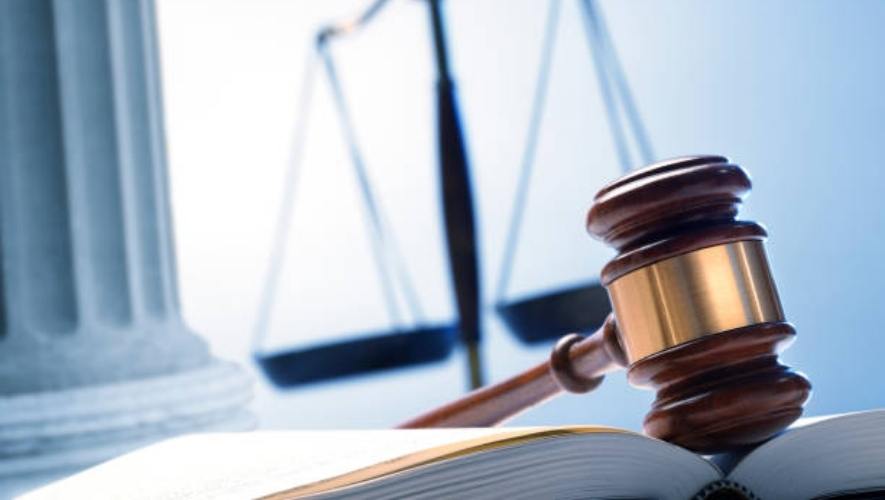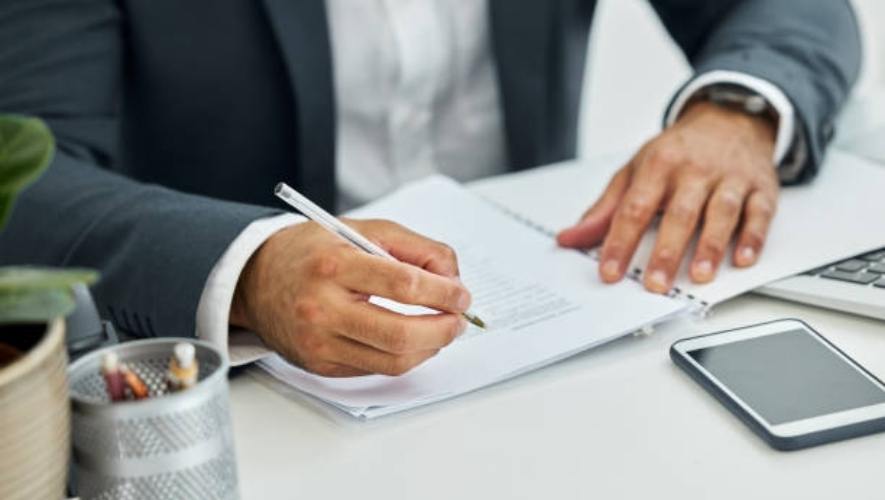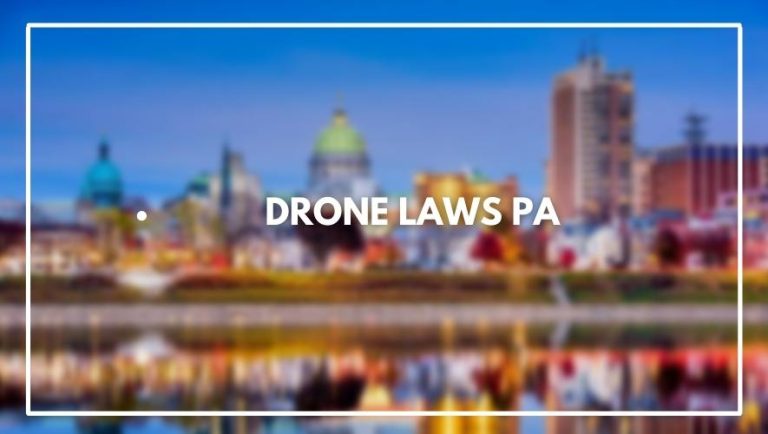Drone laws in London are a difficult subject to understand, especially when you compare them to the drone laws in other parts of the UK. Learning about regulations and what’s legal/illegal when flying drones could be a time-consuming task, especially if you’re not certain of the area that you want to fly.
To fly a drone in the UK, you must get permission from the Civil Aviation Authority. Don’t fly within 50 metres of an airport or airfield, even if it’s on private property. Keep your drone at least 150 metres away from congested areas such as towns and cities.
UAV, or Unmanned aerial vehicle is a craft that can operate without a pilot on board. While people have used personal crafts for recreational and sporting events, the only place UAV’s have become useful and practical is in military. The field of these devices is not limited to military use only, but rather has been on the rise with the growth of commercial applications as well.
In the UK, you need permission to fly a drone for anything other than fun. Here is what you need to know about flying drones in London and the rest of the United Kingdom.
You Must Be Over 18 To Fly A Drone.

It is illegal for anyone under the age of 18 to fly drones.
The reason for this is that the law considers anyone under 18 to have a reduced capacity to make informed decisions, and thus they cannot be charged with criminal offenses.
Drones can cause damage if they collide with people or objects, so it’s important that those who use them understand the risks involved and act accordingly.
You Can Only Fly A Drone That Weighs Less Than 20 Kg.
- You can only fly a drone that weighs less than 20 kg at least 50 m away from people, vehicles, buildings and crowds.
- If you are flying a drone for commercial purposes or to take photographs or film, then you will need to register with the Civil Aviation Authority (CAA).
You Can Only Fly A Drone Up To 400 Feet
You must fly your drone below 400 feet above ground level. This means you can’t fly higher than the top of most radio masts and tall buildings, or the tallest tree in the area.
You also shouldn’t fly above the height of the tallest building in an area—that’s generally considered to be around 40 storeys high—unless you have permission from that building’s owner or operator.
If you do have permission to fly further than 400 feet above ground level, then you’ll need to notify The CAA by emailing [email protected]
You Must Not Fly Your Drone Within 1 Km Of An Airfield
You must not fly your drone within 1 km of an airfield (or aerodrome). An airfield is any place where aircraft take off or land. If you have permission from the Civil Aviation Authority (CAA) this rule does not apply to you.
Some exceptions include:
- You are flying your drone in a controlled aerodrome (such as Heathrow) with the permission of the CAA.
- Your drone is not being used for commercial purposes such as filming, photography or mapping activities and you have written approval from the CAA.
You Must Keep Your Drone In Sight
A drone is a flying robot that uses a camera to capture images. Drones are devices that are controlled remotely, and they come in many shapes and sizes. The most popular form of drone has four rotors on top, which makes it look like an insect.
You can buy them in shops and online, or make them yourself using instructions available online or by watching videos on YouTube. Since they’re so easy to make and use, drones have become very popular in recent years!
Drones are also known as quadcopters because they have four motors (or propellers). These motors control the direction of flight by changing speed at different times during rotation around each other.
If one motor spins faster than another then there will be more torque for turning left/right/forward/backward according to which way you want your quadcopter Rotating around its own axis gives us forward motion while rotating about our vertical axis causes upward motion!
It Is Illegal To Crash Drones Into Buildings Or Hard Surfaces
It is illegal to crash your drone into people, buildings, animals and cars. If a drone hits someone and causes injury or damage then you could be prosecuted under the Air Navigation Order 2004 (ANO) which states:
Section 55: Unsuitable landings
“(1) No person shall cause an aircraft to make an approach or landing on any unsuitable land or water surface.”
The term “aircraft” includes unmanned aerial vehicles (UAVs), so this applies to drones as well as manned aircraft. The important point here is that you are prohibited from landing an aircraft anywhere unless it’s safe for it to do so – even if that place happens to be your backyard!
How To Register Drones In London

Step 1: Fill Out The Registration Form
To register your drone, you’ll need to fill out the online form found on the GLA website. You will be asked to provide your email address—make sure it’s one that you’re still using and check it regularly!
After that, you are required to provide some personal information such as your name and address. Lastly, they ask for a phone number so they can send you an SMS with activation codes when necessary.
Be sure to use the same phone number that you have associated with your account because otherwise this step will not work properly.
Step 2: Upload Photos Or Video Of Your Drone.
Before you can register your drone, you must upload a few photos or a video of your drone. Here are the requirements:
- A photo of the front and back of your drone.
- A video of your drone flying (if you have one).
- A picture of yourself with the drone.
- The serial number on the device (should be printed somewhere on its frame).
- A barcode with decoded information about your device encoded in it. This may come in various forms such as an IMEI number or batch number, etc., but there should be some sort of code here that has been decoded digitally by software such as IMEI-Decode-Online
Step 3: Submit Your Application
Once you’ve completed the online registration form and paid the fee, it’s time to submit your application. You can do this through the Civil Aviation Authority website by following these steps:
- Log in or register an account with the CAA
- Complete the online application form
- Pay the fee of £20 (if applicable) by credit or debit card
Once you have submitted your application, it will be processed within 5 working days. If there are no issues with your application, you will receive a registration certificate in your email inbox within this time period.
Step 4: Pay The Annual Fee
If you don’t already have one, you will need to set up a UK-based credit card before you can pay the £16.50 annual fee. You can do this by following these steps:
- Go to My Account in your Drone Partners account and select ‘Add Credit Card’ from the menu options on the left-hand side of your screen (you may need to click ‘Account’ first).
- Fill in your personal details, including country of residence and billing address before clicking ‘Add Card’ at the bottom of this page.
We recommend using PayPal for purchases as it offers protection for any issues with products or services purchased online.
Make Sure To Be Registered!
If you plan to fly your drone in any public place, you must be registered. To register, visit https://www.gov.uk and fill out the form with your details and payment information. Once you’re done, it will take approximately 14 days for them to process your application.
Are Drones Allowed In London

These Drones Must Be Operated In Accordance With The Uk Drone Code
To operate a drone in the UK you must:
- Be 18 or over.
- Not be reckless, negligent or malicious when flying your drone. If you’re flying for fun and there’s no risk of harm, then it’s unlikely that you’ll be prosecuted.
- However, it is important to remember that drones can cause serious injury and even death if they are flown irresponsibly close to people or aircraft.
- Ensure your drone is flown within line of sight at all times, unless it has an anti-collision light that can be seen for at least 3 miles (5km). Your drone should also not be able to fly above 400ft (120m) above ground level (AGL).
You Are Not Allowed To Fly Your Drone Above Crowds Of People.
The Drone Code is a set of rules that you must follow if you want to fly your drone safely and legally in the UK. One of these rules says that you are not allowed to fly your drone above crowds of people.
Here’s why:
- People may be scared by your flying drone, especially if they don’t know what it is or what it does. If there is no one around to tell them it’s safe, they might run away from it or try and catch it!
- Crowds of people may push you and damage your drone. They also might stop you from seeing where your drone goes so that you can get it back safely afterwards. If someone gets hit by one of these drones, they could get injured!
- It’s better just to fly alone with friends who share similar interests as us rather than having strangers nearby while we’re trying out new stuff together 🙂
You Are Not Allowed To Fly Your Drone Within 50m (160ft) Of Buildings
You must not fly your drone:
- Within 50m (160ft) of buildings or people;
- Over crowds, public gatherings, sporting events and large groups of people;
- Within 1km (0.6 miles) of any airport (this includes London City Airport in Docklands);
If you’re flying for fun and aren’t worried about breaking the rules, just keep an eye on your drone at all times and make sure it’s not within 50m of buildings or people.
You Can Only Fly One Drone At A Time.
It is illegal to fly more than one drone at a time. You can only fly one drone at a time, even if you have more than one. It is also illegal to fly a drone with a camera at night.
Conclusion
The CAA says that commercial drone operators should not fly higher than 120 metres. But recreational flyers can do so if they check with those below or around them. This is important rule because it means you should always check with people before flying directly above them at that height.
Drones are becoming so popular that almost everyone has seen one in the sky at some point. Before you fly your own drone, it’s important to know some basic safety guidelines.
The popularity of drones has been increasing rapidly in recent years. In fact, there are more than 1 million registered drone users in the UK alone!
However, even though they’re fun to fly and can be used for many different purposes (such as photography), there are still laws regulating them that must be followed by both owners and pilots.
These rules were introduced after a number of serious incidents involving drones occurred around London and other parts of the country—and although these laws may seem strict at first glance, they were designed primarily with safety in mind rather than protection for your personal property rights or privacy concerns.
Frequently Asked Questions (drone Laws London)
What Are The Laws Around Flying Drones In London?
One of the most common questions people ask is: “how high can I fly my drone?” The answer may be surprising, as you are legally allowed to fly drones at heights of up to 400 feet in London. This is subject to weather conditions and visibility.
Ground rules for flying drones in the capital include staying below 400 feet, keeping your drone in sight at all times and avoiding aircrafts or large crowds of people. You also need to make sure that you’re not flying within 50 metres of any person or building (unless you have permission).
How High Can I Fly My Drone In London?
The drone laws in London stipulate that you can fly your quadcopter up to 400 feet (121.92 meters). You are also allowed to fly your drone up to 120 metres from the ground level. This is equivalent to 39 storeys of a building.
However, if you wish to exceed these limits, there is a process that must be followed in order for this to be allowed. If you want to fly higher than 400 feet and/or within an area closer than 120 metres above ground level then contact your local authority and discuss with them if they will grant approval for such actions on their property or land.
How Do You Get Permission To Fly Your Drone In London?
If you’re flying a drone in London, you’ll need to apply for a licence from the Civil Aviation Authority. The process is simple and can be done online. When you apply, be sure to take your drone with you so that the paperwork can be completed quickly and accurately. You must also present yourself as an adult (18 years old or older), which means that if you are under 18 and wish to fly a drone in London, you will need parental consent.

![Drone Laws Tasmania [March 2023] [Rules & How to Register]](https://discoveryoftech.com/wp-content/uploads/2022/08/drone-30-768x434.jpg)
![Drone Laws India [March 2023] [Rules & How to Register]](https://discoveryoftech.com/wp-content/uploads/2022/08/drones-86-768x434.jpg)
![Drone laws Saudi Arabia [March 2023] [Rules & How to Register]](https://discoveryoftech.com/wp-content/uploads/2022/08/drone-5-1-768x434.jpg)
![Drone laws UAE [March 2023] [Rules & How to Register]](https://discoveryoftech.com/wp-content/uploads/2022/08/drone-14-1-768x434.jpg)
![Drone Laws Colorado [March 2023] [Rules & How to Register]](https://discoveryoftech.com/wp-content/uploads/2022/08/drones-74-768x434.jpg)
